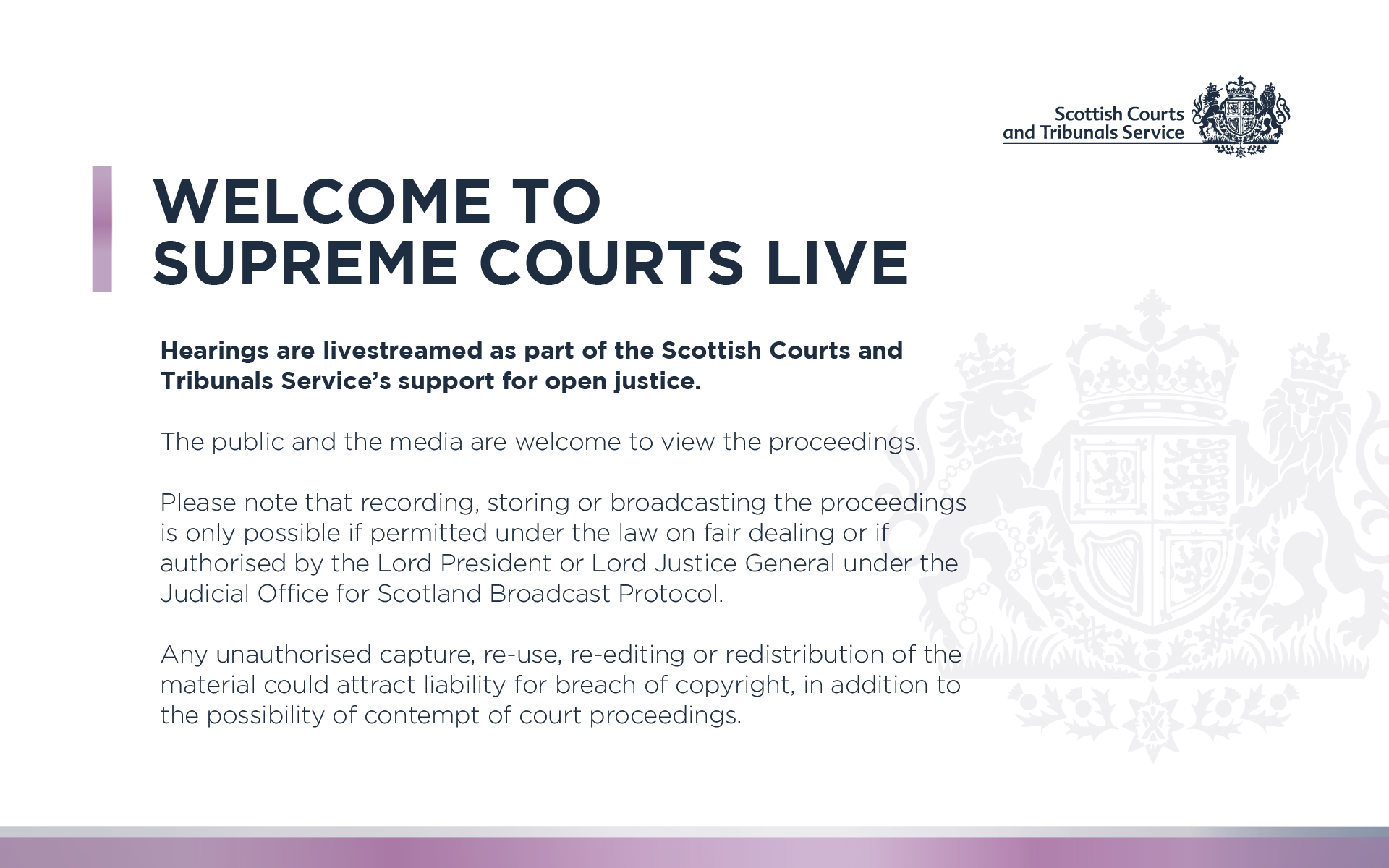Substantive hearing
Date of hearing
Tuesday 27 August 2024
Time of hearing
10:30 to 13:00 then 14:00 until conclusion
Division
First Division
Judges
- Lord President
- Lord Malcolm
- Lady Wise
Case description
This is a reclaiming motion (appeal) against a decision of the Lord Ordinary to dismiss a petition for judicial review challenging the grant of planning permission for an onshore windfarm.
The Wildcat Haven Community Interest Company was established to protect and conserve Scotland’s wildcat population. On 23 December 2019, Vattenfall Wind Power Limited submitted an application to the Scottish Ministers for consent to develop a wind farm, comprising fourteen wind turbines, at Clashindarroch Forest, Aberdeenshire. The forest is home to a population of wildcats.
The Scottish Ministers appointed a reporter to consider the application; she duly held a public inquiry into the proposal. The WHCIC made a submission to the inquiry that the proposal posed an unacceptably high risk to the local wildcat population. On 17 October 2022, the reporter recommended refusal of the application. The reporter considered that the effect of the proposal on the wildcats would be negligible or minor due to mitigation measures proposed by the applicant. However, the reporter recommended refusal on the basis that the proposal would have significant adverse effects on the surrounding landscape, particularly in relation to the views from the Tap o’Noth hill and the Correen Hills. The proposal did not accord with national or local planning policy overall.
In February 2023, a new series of planning policies, encompassed in the new National Planning Framework 4, was formally adopted by the Scottish Ministers. The Ministers asked the reporter to reopen the inquiry in order to hear submissions on the changes in energy and planning policy set out in NPF4. The reporter did so. She concluded that NPF4 and the Onshore Wind Policy Statement 2022 offered significant support to the proposal. The OWPS recognised that delivering Scotland’s onshore wind target would necessitate change in the landscape. NPF4 provided that addressing Scotland’s emissions and energy targets ought to be given significant weight when determining the acceptability of the impact of a proposal. Balancing these considerations against the adverse effects on the landscape, the benefits of the proposal outweighed any negative impacts. The reporter recommended that the application be granted, subject to conditions. The Scottish Ministers granted the application on 26 June 2023.
WHCIC brought the petition, in which they ask the court to strike down this decision. They contend that the reporter failed to apply NPF4’s “mitigation hierarchy” correctly, and, in doing so, acted contrary to Policy 3(b)(iii) of NPF4. WHCIC contend that this requires decision makers to prefer mitigation measures which avoid or minimise an environmental impact over those which merely seek to offset the impact. They contend that the proposed measures for mitigating the impact of the development on wildcats were merely offsetting measures. Had the reporter applied the hierarchy properly, she may have assessed the proposed measures as unsatisfactory and non-compliant with NPF4.
The Lord Ordinary disagreed with this argument. He determined that Policy 3(b) requires a decision maker to make a rational decision based on particular considerations. The weight to be attached to those considerations in the context of any particular application was a matter for that decision maker. Neither the reporter nor the Ministers had made an error of law, and so there was no ground for intervention in the decision by the court.
WHCIC appeal this decision. The First Division will hear the appeal on Tuesday 27 August 2024.

